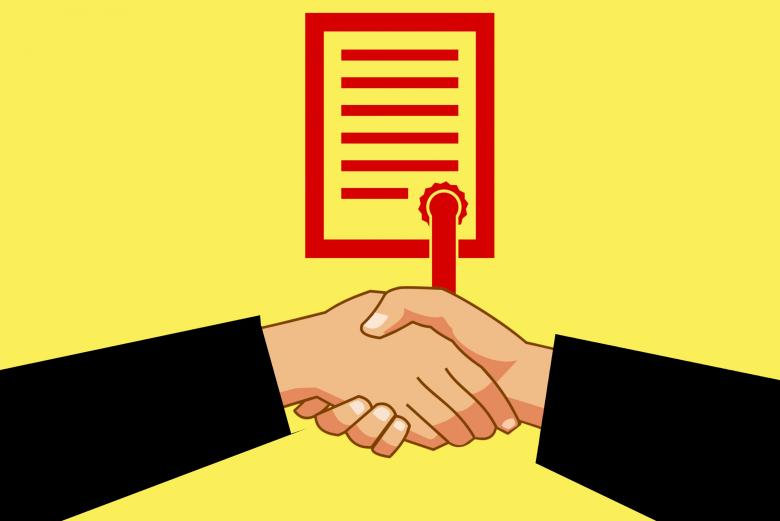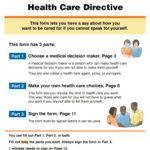So you’ve attended the meeting of creditors (341 hearing) and found out it wasn’t so bad, right? If you had an experienced attorney helping you along the way and you’ve disclosed everything your attorney required when your paperwork was prepared, your meeting of creditors probably went surprisingly well.
What happens next? Once the meeting is over, the trustee is required to file Chapter 7 Trustee’s Report (also called a No-Asset Report) with the court if there are no assets for him to liquidate and no distribution to make to unsecured creditors. In an asset case, there is additional work for the trustee to do.
No Asset Case
In a typical no asset chapter 7 case, there is no need for creditors to file proofs of claim because there will be no distribution to be made. If the trustee were to later recover assets for distribution to unsecured creditors, the Bankruptcy Court will provide notice to creditors and will allow additional time to file proofs of claim.
In a no asset case, creditors will still have 60 days after the first date set for the creditors’ meeting to object to discharge or to challenge whether certain debts are dischargeable. After the 60 day deadline passes, if no creditor objections are filed, the bankruptcy judge will usually be ready to sign the Order of Discharge. (Judges have 60 – 90 days after the first date set for the meeting of creditors to sign this order.) Before doing so, the judge will verify that you have taken the Debtor Education Class (also known as the Financial Education Course) and filed the Form 423 Certificate about Financial Management with the bankruptcy court.
Asset Case
Where there are assets for the chapter 7 trustee to recover, the trustee will mail to creditors a Notice of Creditors to File Claims. Creditors will then have 90 days to file their proofs of claim pursuant to Fed R. Bankr. P. 3002(c). A governmental unity, has 180 days from the date the case is filed to file a claim. 11 U.S.C. § 502(b)(9). The trustee will then begin collecting non-exempt assets including funds that you hadn’t spent prior to the time your case was filed, tax refunds that you receive after the case was filed or will receive the next time taxes need to be filed, luxury collateral such as boats, atvs, digital cameras, etc. The trustee will liquidate these assets and, after reviewing the claims of creditors to ensure they are valid claims, make a report to the bankruptcy judge indicating how they will distribute those funds they gather pursuant to and order of priorities outlined in 11 U.S.C. §726. (There are six classes of claims.) Upon getting court approval, the trustee will make the distribution to creditors, report back to the bankruptcy judge and then ask to be taken off of your case.
Reaffirmation Agreements
Secured creditors may retain some rights to seize property securing an underlying debt even after a discharge is granted. Depending on your circumstances, you may wish to keep secured property such as a vehicle. Pursuant to U.S.C. § 524(c) you’ll need to execute all reaffirmation agreements. A reaffirmation agreement is an agreement between the debtor and the creditor that the debtor will remain liable and will pay all or a portion of the money owed on a debt in return for keeping the collateral. If you were to stop making agreed upon payments, the creditor retains the right to repossess the collateral. This agreement will need to be filed with the bankruptcy court before the Order of Discharge is entered by the court. Either your attorney or the creditor will need to ensure that this agreement is timely filed. Sometimes creditors will still allow you to keep collateral that was not reaffirmed. Debtors are allowed to repay any debt voluntarily whether or not a reaffirmation agreement exists. 11 U.S.C. § 524(f).
Order of Discharge
As previously mentioned, 60 – 90 days after your meeting of creditors the Bankruptcy Court will check to ensure you have taken the Debtor Education course and met all other requirements. The bankruptcy judge assigned to your case will then sign the Order of Discharge pursuant to Fed. R. Bankr. P. 4004(c) and mail to you and all listed creditors a copy of the signed Order. You’ll want to save this Order as it is evidence that your discharge was granted. If you were to seek a mortgage loan or refinance, your underwriter will usually ask to see a copy of the signed Order.
The court may revoke a chapter 7 discharge on the request of the trustee, a creditor or the U.S. trustee for reasons outlined in 11 U.S.C. § 727(d) so you will still need to comply with any requests the trustee has made. A common request from the trustee is that you provide a copy of your next year’s state and federal tax returns when you file them at the next tax deadline.
Conclusion
In a nutshell, this is what happens after your meeting of creditors. Sometimes the trustee asks for additional documentation to clarify a question they asked at the meeting. Sometimes bankruptcy paperwork needs to be corrected or updated. There are likely additional details your attorney will discuss with you about your own personal situation. This is a process your attorney will guide you through.
The Law Firm of Ryan D Baxter can help you with your chapter 7 bankruptcy. We’ve successfully handled hundreds of chapter 7 cases and know the terrain well. Our consultations are free. We are affordable. Give us a call and let us discuss your circumstances and your options.






One Response